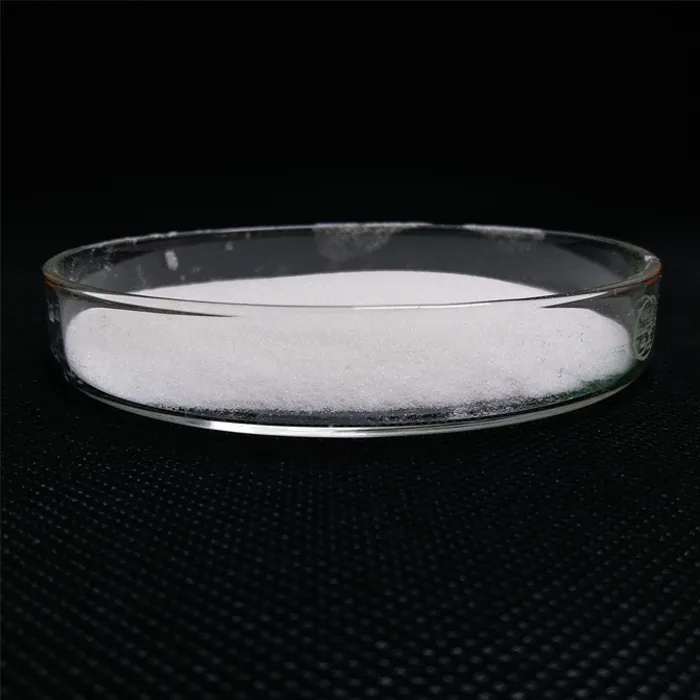Understanding Active Drug Substances The Cornerstone of Pharmacology
In the realm of pharmacology and medicine, the term active drug substance holds significant importance. It refers to the specific component in any pharmaceutical product that is responsible for its therapeutic effect. This active ingredient is what provides the medicinal benefits that patients seek, distinguishing drug formulations from inert compounds or fillers often used in manufacturing.
Active drug substances are typically derived from various sources, including natural products, synthetic compounds, or biotechnological innovations. Natural substances can come from plants, minerals, or animal sources, while synthetic drugs are created through chemical processes in laboratories. Biotechnological approaches often involve living organisms to produce complex molecules, such as monoclonal antibodies or recombinant proteins.
The journey from a raw compound to an active drug substance involves rigorous research and development processes. Initially, scientists identify potential compounds through various screening methods, including high-throughput screening, which allows for the rapid testing of thousands of compounds. Through this exploration, researchers aim to discover substances that interact with biological targets in a beneficial way.
Once potential active substances are identified, preclinical studies are performed. These studies assess the compound's efficacy, dose response, and safety profiles using in vitro (test tube or cell culture) and in vivo (animal) models. If a substance shows promise, it progresses to clinical trials, which involve human subjects. Clinical trials are systematically structured into phases, from Phase I (safety and dosage) to Phase IV (post-marketing surveillance), ensuring that the drug not only works but is also safe for wide-scale use.
active drug substance

Regulatory authorities, like the U.S. Food and Drug Administration (FDA) and the European Medicines Agency (EMA), play a crucial role in this process. They require comprehensive data from these studies to evaluate the risk versus benefit of the active drug substance. If approved, the substance is then incorporated into drug formulations, which may include various dosage forms such as tablets, capsules, injections, or topical applications, alongside excipients that aid in stability, absorption, and overall delivery.
Understanding the mechanisms by which an active drug substance exert its effects is crucial for ongoing research and development. It involves studying pharmacodynamics (how the drug affects the body) and pharmacokinetics (how the body affects the drug, including absorption, distribution, metabolism, and excretion). This knowledge not only informs clinicians on how to effectively use the drug but also aids in the discovery of new therapies and the development of combination treatments.
Despite advances in medicine, challenges remain in the identification and development of new active drug substances. Issues such as antibiotic resistance, rising costs of drug development, and the complexity of human biology can hinder progress. Moreover, public health crises, such as the COVID-19 pandemic, underscore the urgent need for rapid identification and deployment of new drug therapies.
The importance of active drug substances cannot be overstated. They are fundamental to the art and science of healing, with implications that extend far beyond individual treatments. Research into these substances enhances our understanding of diseases, ultimately enabling better healthcare solutions. As science advances, so too does our ability to manipulate these active substances to create more effective, safer medications that can significantly improve quality of life for patients around the globe.
In conclusion, active drug substances are at the heart of pharmacological innovation. Their exploration and development signify a continuous pursuit of modern medicine to better serve humanity, pushing the boundaries of what is possible in healthcare and providing hope for countless individuals facing health challenges.

